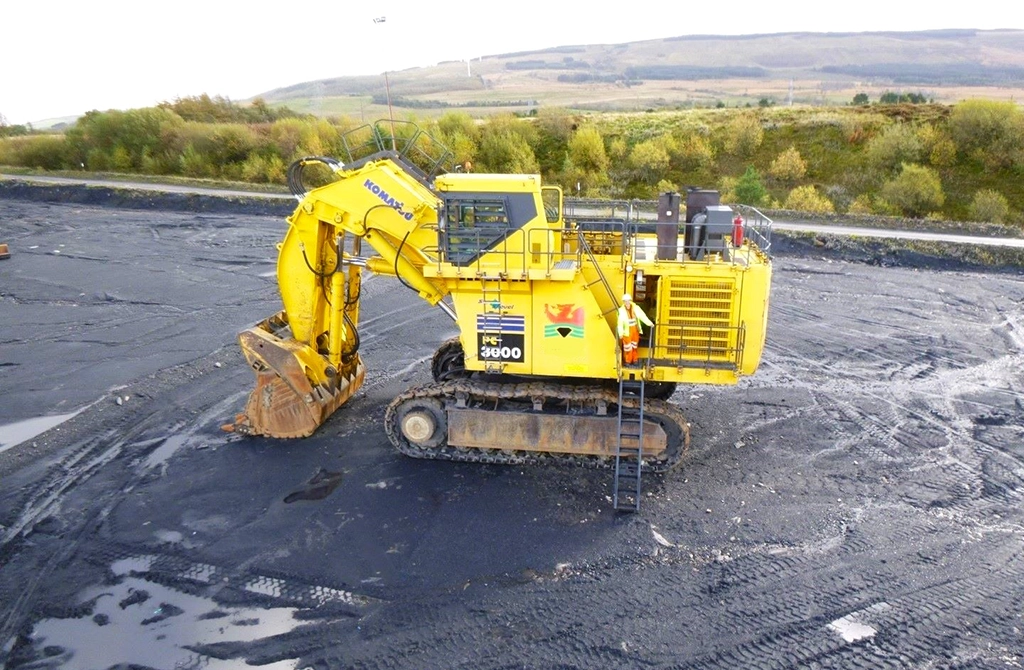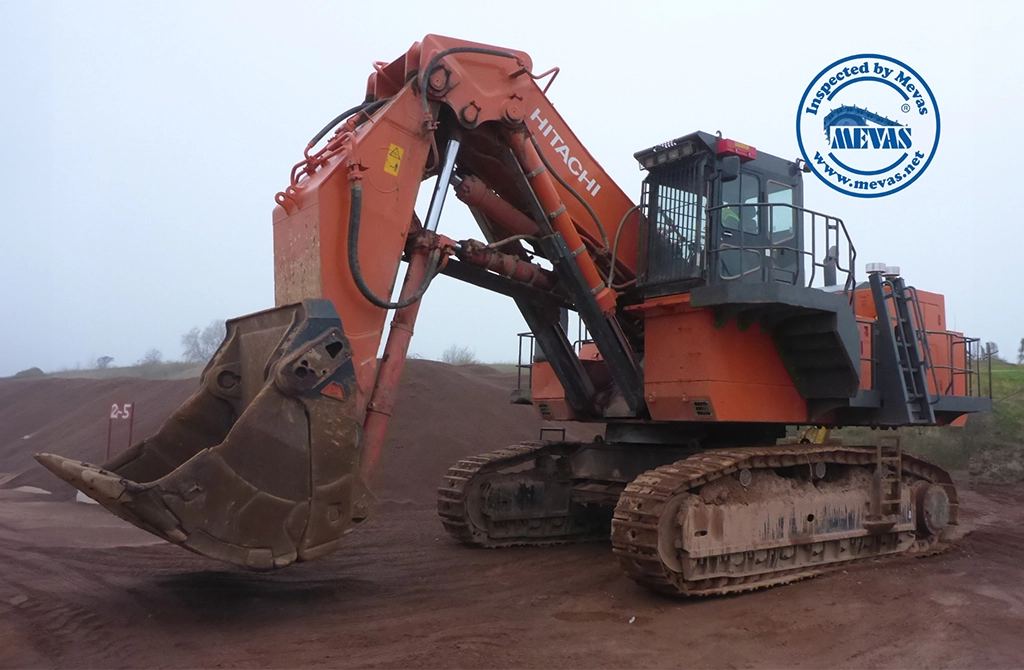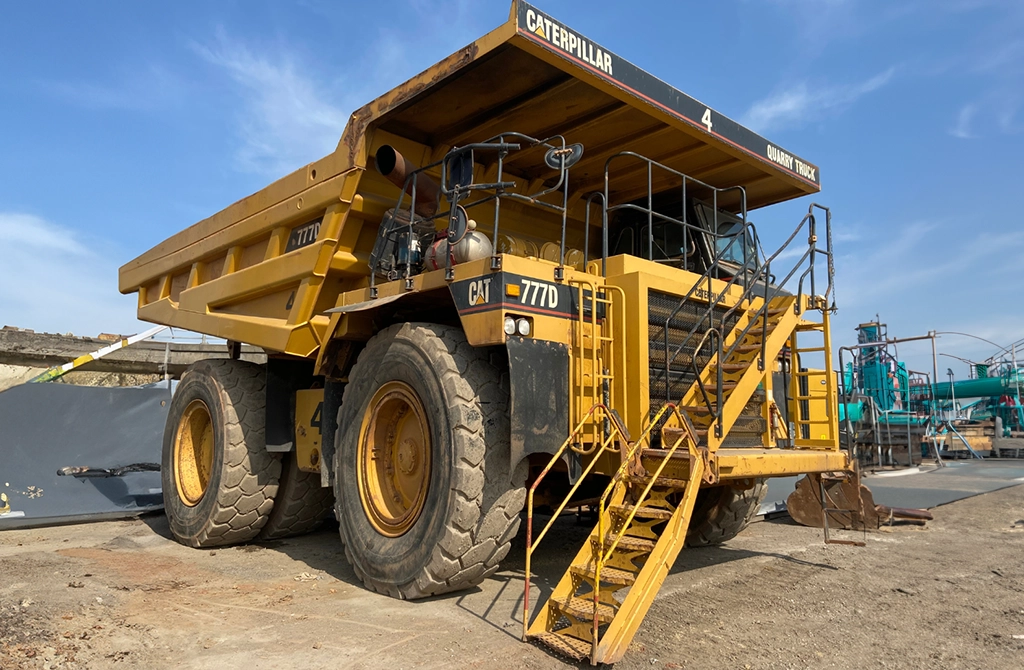
Mevas – A Specialist in Mining Equipment Valuation
While numerous firms offer asset valuation services, only a select few are truly specialised in the appraisal of mining equipment. These specialist firms possess deep knowledge of the mining sector, understand market dynamics, and are familiar with the technical nuances of various types of mining machinery. However, only a handful have the necessary expertise and are prepared to conduct on-site inspections worldwide. Mevas is one such firm, focusing specifically on inspections and valuations for the mining industry.
Consultancies with Mining Expertise
Many general consulting firms include mining-related services, including equipment valuation, within their broader portfolio. While this breadth can be helpful in complex scenarios, these firms may lack the specific expertise needed for accurately assessing heavy mining machinery. Unlike such firms, Mevas positions itself primarily as an inspection business rather than a general consultancy. To date, the Mevas team has successfully completed numerous large-scale valuation projects.
Independent Appraisers and Technical Experts
There are also independent appraisers with relevant qualifications and extensive experience in the mining industry. These individuals often bring strong technical expertise to the table. Wolfgang Bühn, for instance, has been working as a mining equipment appraiser since 2006. Together with his team, he has successfully carried out many substantial inspection and valuation projects, often involving large fleets of machines.

Specialist Knowledge for Complex Equipment
While many appraisers may be competent in valuing standard excavators or a small number of dump trucks, more complex equipment often presents a challenge. Assets such as conveyor systems, crushers, screening plants, and stationary processing technology demand a much higher level of technical understanding. This is where Mevas excels.
The Mevas team regularly inspects and values a wide range of machinery used in open-cast mining and quarrying, including:
- Stationary and mobile crushing plants
- Mining Shovels and Trucks
- Conveyor belt systems
- Gravel washing facilities
- Heavy transport machinery
- Workshop and support facilities
- Light vehicles and remaining inventories

How Is Depreciation Calculated for Mining Equipment?
Depreciation in Mining Operations
Depreciation represents the decline in value of buildings and equipment over time due to wear and tear. In the mining sector, companies typically use either the prime cost (straight-line) or diminishing value method to calculate depreciation.
- The prime cost method allows for equal deductions each year over the asset’s effective life.
- The diminishing value method applies a fixed percentage to the remaining balance, resulting in higher deductions in the earlier years.
However, depreciation is not solely about accounting. Real-world asset values are also influenced by:
- Total operating hours
- Usage patterns (e.g., single vs triple shift operation)
- Replacement value of an equivalent machine
- Possible selling price of an equivalent machine
- Component replacement history (e.g., engines, transmissions, axles)
- Transport costs for equipment from the seller to the mine
- Repair work required at short notice to keep operations running
Such factors must be carefully considered to accurately determine the residual value of mining machinery.

What Types of Valuation Are Common in the Mining Industry?
Three principal approaches to valuation are used in the mining sector:
- Depreciated Value: This method follows the declining balance formula, calculating depreciation over time for accounting purposes. As machinery ages, the rate of depreciation reduces accordingly.
- Replacement Value: This approach estimates the cost of acquiring a comparable machine of similar age and usage. It is especially relevant in transactions involving entire operations or in insurance settlements.
- Fair Market Value: This valuation is used as a negotiation basis when transferring ownership of mining concessions. It considers transport costs and logistical implications, especially if the incoming operator must procure new equipment while the outgoing one must decommission and remove theirs.
For any type of mining equipment valuation, whether underground or above ground, it is important to know the purpose of the valuation. What is the objective and who are the negotiating partners? Please contact us if you have any questions on this topic. We will be happy to advise you and explain which options are best suited to your project.
On-site or On-screen valuation
Depending on your requirements, we will decide together with you whether an on-site inspection of the equipment is necessary or whether an assessment can be made based on the data and images you provide. For purely accounting purposes, an on-screen valuation is often sufficient to calculate the residual values. However, when it comes to complex projects such as the sale of a company or takeover by a new concessionaire, an on-site inspection is usually necessary.

 Construction Equipment
Construction Equipment
 Cranes
Cranes
 Material Handling
Material Handling
 Trucks & Trailers
Trucks & Trailers
 Vehicles
Vehicles
 Agricultural Equipment
Agricultural Equipment
 Live Auctions
Live Auctions


















